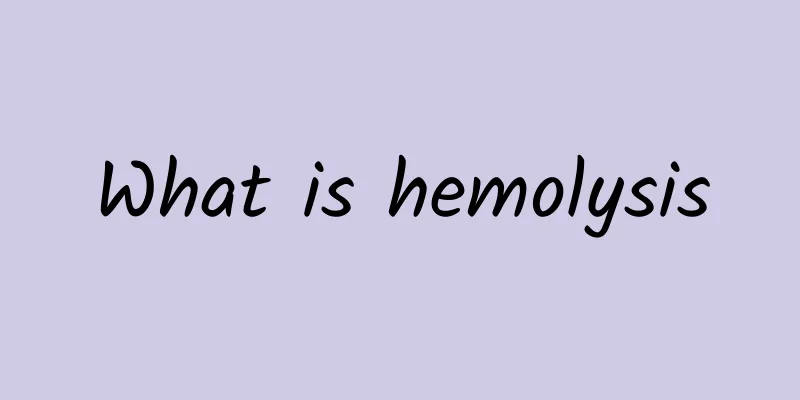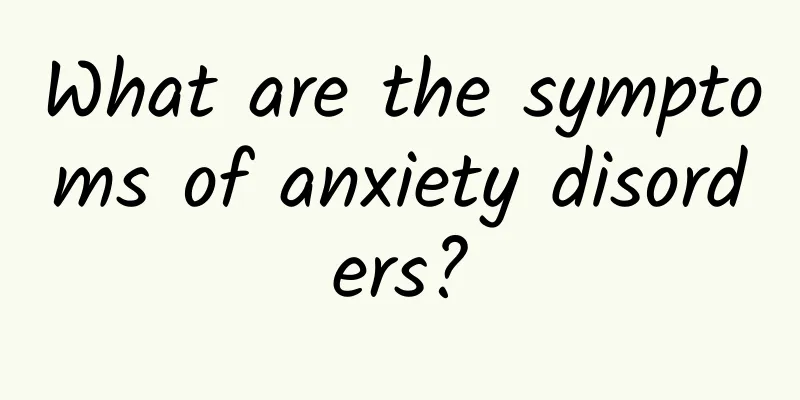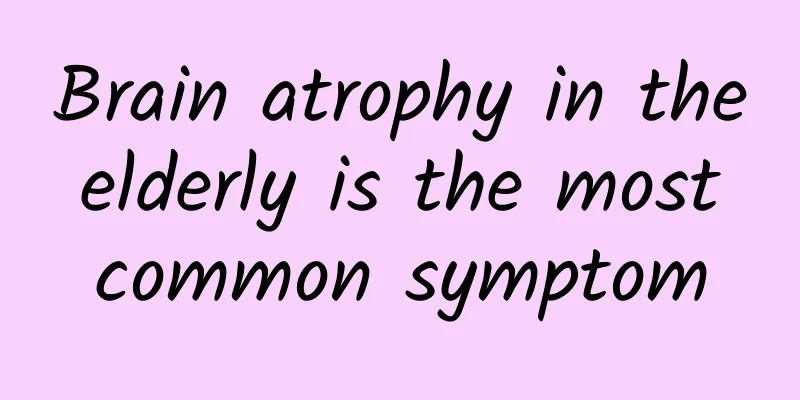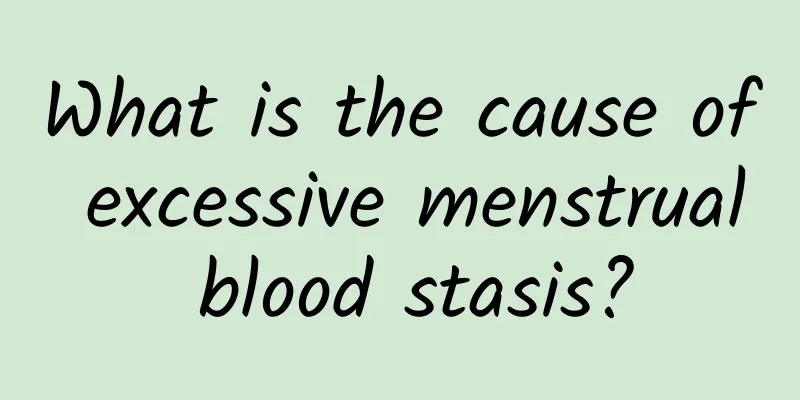What is hemolysis

|
Hemolytic disease mainly occurs in some newborns. It is mainly due to the incompatibility of blood types between the mother and the baby. The antigen-antibody reaction between the mother and the fetus causes the destruction of some red blood cells of the fetus. Together with some passive immune diseases, it can cause various conditions in the baby, mainly manifested as jaundice, hepatosplenomegaly, and anemia. The normal process is also relatively slow. The impact of systemic conditions is relatively small, but the progression of severe diseases is relatively fast, and experimental values may even increase or decrease and lead to bilirubin encephalopathy and death. Prevention in daily life is also critical and can be diagnosed there. 1. Jaundice: The bilirubin decomposed from the destruction of red blood cells is yellow in color. It can be distributed throughout the human body and make the body tissues turn yellow. Since the skin and sclera (commonly known as the white of the eye) are located on the surface of the body, the yellowing is most obvious, which is jaundice. Most newborns will have jaundice after birth, but when jaundice appears too early, develops too quickly, or the bilirubin level in the blood is too high, you should be aware of the possibility of hemolytic disease. Jaundice in infants with hemolytic disease usually appears within 24 hours after birth or on the second day. 2. Hepatosplenomegaly: In mild cases, there is no obvious increase in size. In severe hemolytic disease, fetal edema may occur and there may be obvious enlargement of the liver and spleen. This symptom is more common in Rh hemolytic disease. 3. Children with anemia have anemia of varying degrees of severity. Severe cases can cause heart failure and general edema. 4. Bilirubin encephalopathy When the bilirubin level in the blood is too high, it will damage brain cells and cause bilirubin encephalopathy, which is the most serious complication of hemolytic disease. It usually occurs 2-7 days after delivery, and is manifested by worsening jaundice and neurological symptoms in the child, such as drowsiness, feeding difficulties, staring, convulsions, etc. If not treated promptly, it may lead to death or sequelae such as motor dysfunction and intellectual disability. 5. Neurological symptoms include drowsiness, refusal to feed, loose limbs, followed by convulsions, manifested by staring, blinking, stiffening and straightening of limbs, or opisthotonos of the whole body, and sometimes screaming. This is called kernicterus or bilirubin encephalopathy, which often occurs when serum bilirubin reaches 20 mg/dl or above. It is caused by indirect bilirubin entering the brain tissue and damaging brain cells. 6. Children with febrile hemolytic disease often have fever. Fever may be a reaction of the body after hemolysis in children, or it may be a more serious bilirubin encephalopathy. The fever may not necessarily be very high, but if it occurs due to the latter, it means that the condition is quite serious. The above is the treatment of hemolytic disease, so timely diagnosis and treatment must be carried out in daily life. At the same time, the treatment of neonates is also relatively critical. Some Chinese and Western medicines can be used for treatment. The neonatal hemolytic disease in daily life will not scare you. It is mainly about strict disinfection and isolation, as well as reasonable feeding and observation of the condition. |
Recommend
What should I do if my child has an introverted personality?
A child's personality is not determined by bir...
What are the functions and effects of Codonopsis honey
Honey is a natural health product that many peopl...
Babies under one year old should not eat honey
Honey should not be consumed randomly. Although h...
How many senna leaves should be placed at a time
Senna is a stimulant and laxative. It is classifi...
A good way to detox and treat acne
Acne on the face is a problem for many people. It...
What kind of ginkgo leaves
The leaves of the ginkgo tree are fan-shaped, wit...
What causes acne near the lips?
Many people find that they often get acne near th...
Chinese medicine prescription for treating herpes
Traditional Chinese medicine can treat herpes thr...
The efficacy and function of Xanthium sibiricum leaves
Xanthium sibiricum is a Chinese herbal medicine. ...
What is the part above the throat?
The area above the throat is the tonsils. We know...
How to Treat Chronic Urticaria
Chronic urticaria has become a very common skin d...
How to treat neuralgia?
Neuralgia is a relatively common disease at prese...
Diarrhea and bloody stool
Some women are always keen on losing weight, and ...
What should I pay attention to when my baby has an acute rash?
It is quite common for babies to go to the emerge...
Chinese medicine for gout
There are many kinds of drugs for the treatment o...









